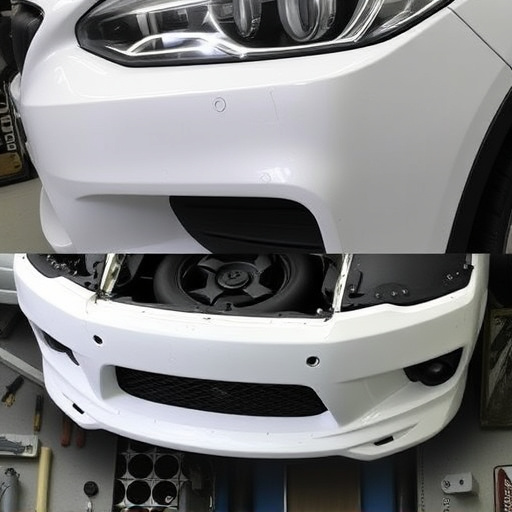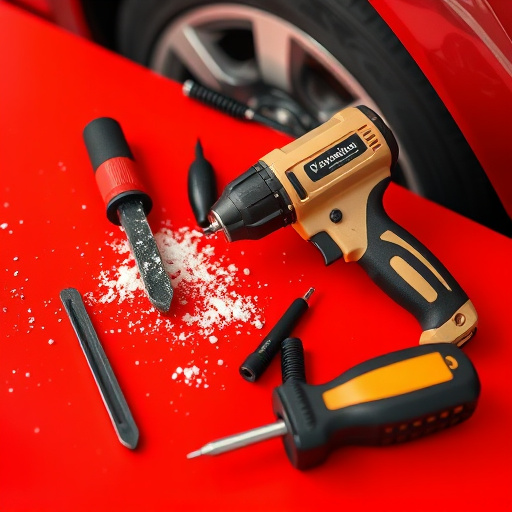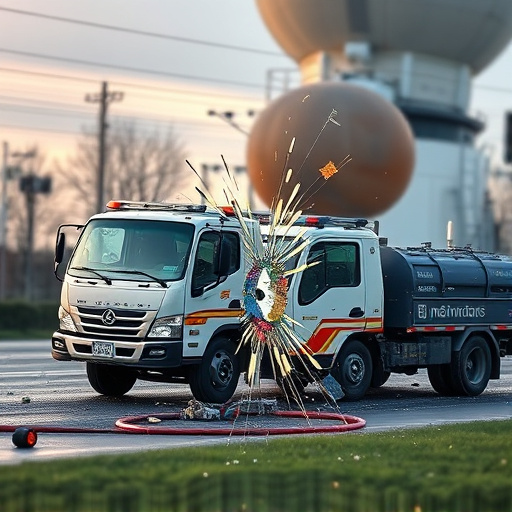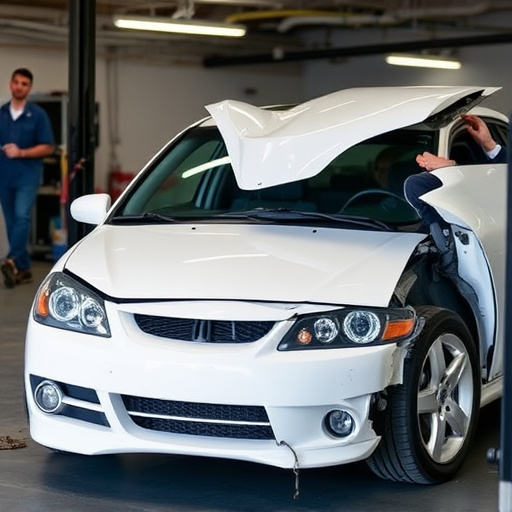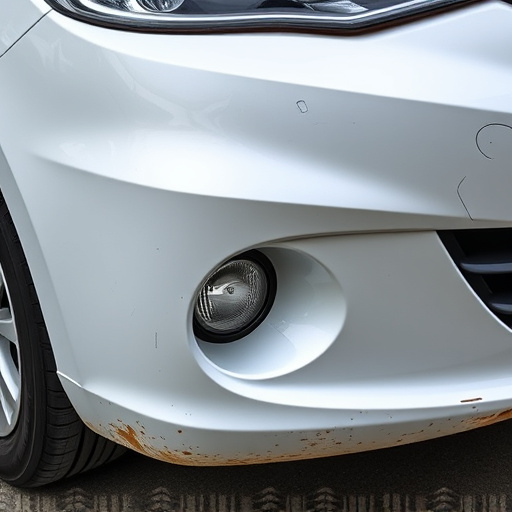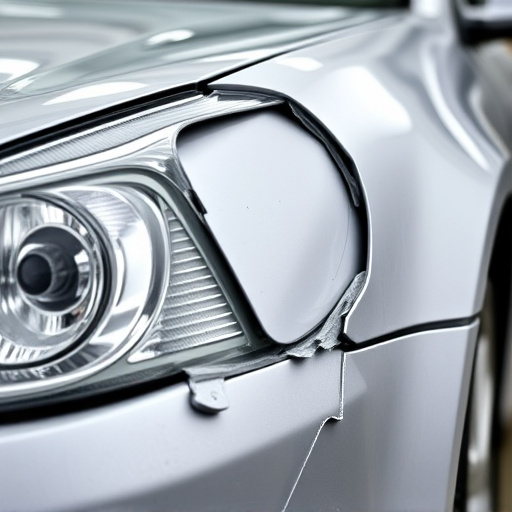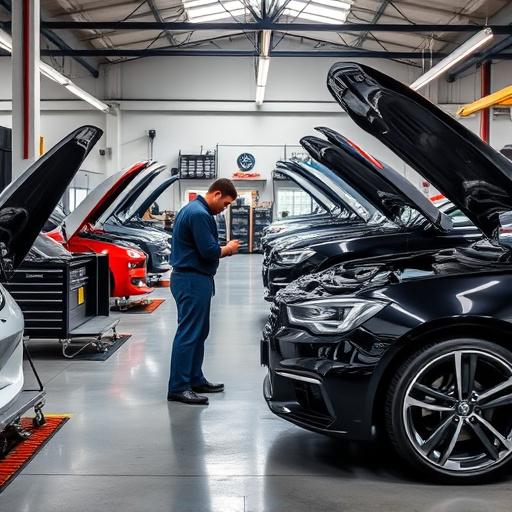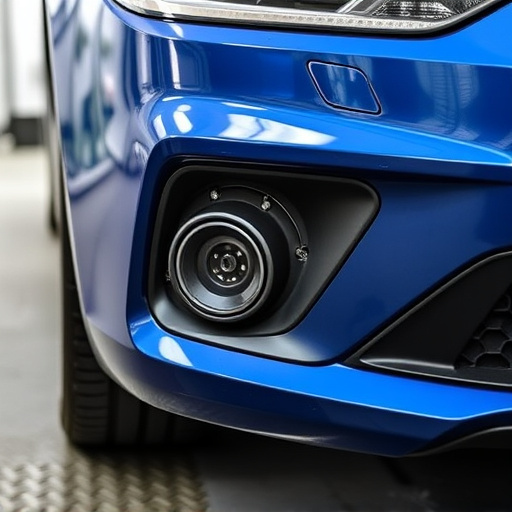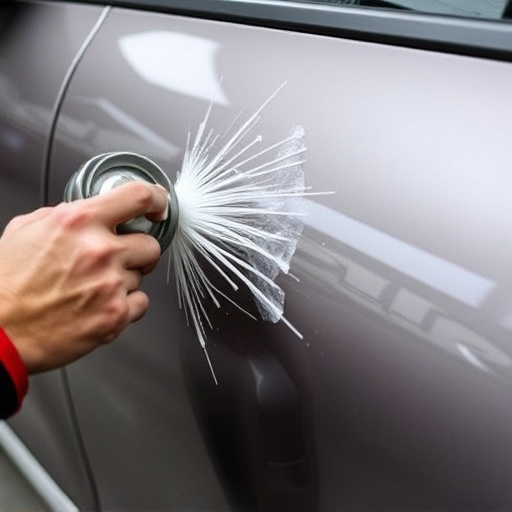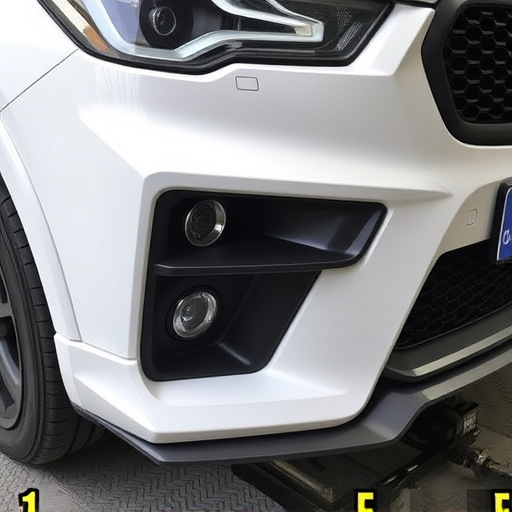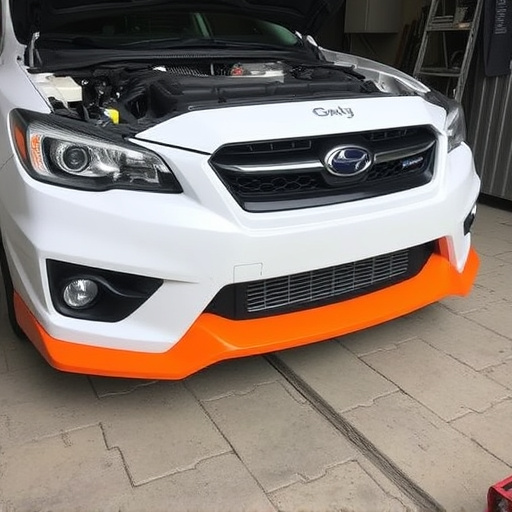Adhering to manufacturer-approved repair procedures ensures top-quality, reliable collision repairs that meet high standards. This involves a rigorous documentation process, specialized software logging, and advanced training for technicians using latest technology. Strict protocols maintain original design, performance integrity, and customer satisfaction through transparent communication, upfront pricing, and efficient service times.
In today’s digital era, efficient documentation during manufacturer-approved repairs is paramount for shops to maintain customer satisfaction and ensure quality control. This comprehensive guide explores the intricacies of documenting work on approved repairs, covering everything from understanding standardized procedures to implementing best practices throughout the process. By adhering to these principles, workshops can streamline operations, foster trust with clients, and ultimately drive business growth through exceptional service.
- Understanding Manufacturer-Approved Repair Procedures
- Documenting Repairs: From Start to Finish
- Ensuring Quality Control and Customer Satisfaction
Understanding Manufacturer-Approved Repair Procedures

When it comes to ensuring top-quality and reliable repairs, manufacturer-approved procedures are paramount. These protocols, established by automotive brands, provide collision repair centers with a comprehensive framework to restore vehicles to their original specifications. By adhering to these guidelines, collision repair services can guarantee that every aspect of the repair process meets the manufacturer’s high standards.
Automotive body work involves intricate details, and following manufacturer-approved repair procedures is crucial. This meticulous approach ensures that replacement parts are compatible with the vehicle’s original design, maintaining structural integrity and aesthetic precision. Moreover, these procedures often include advanced training for technicians, ensuring they stay up-to-date with the latest technology and best practices in automotive body work.
Documenting Repairs: From Start to Finish
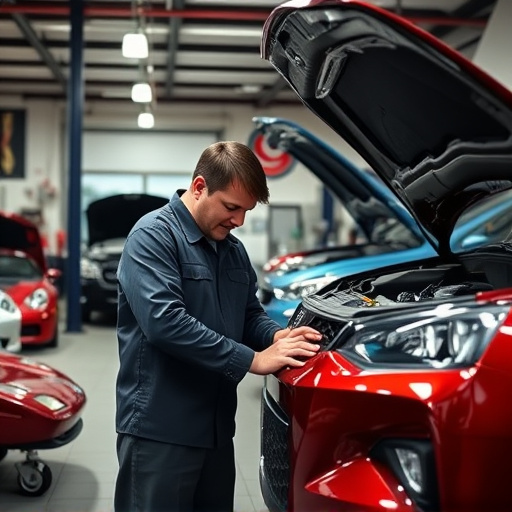
When it comes to manufacturer-approved repairs, a car body shop follows a meticulous process to ensure precision and quality. The documentation journey begins with an initial assessment, where detailed notes on the vehicle’s condition are recorded. This includes capturing pre-existing damage, recording new damage from the incident, and noting any pre-repair adjustments or modifications.
As the repair process unfolds, each step is diligently logged. From disassembly to metalwork, painting, and reassembly, every stage has its own set of documentation. For instance, car collision repair technicians use specialized software to track parts, record time spent on various tasks, and input measurements taken during straightening or panel replacement. This ensures that the final vehicle repair meets manufacturer standards, facilitating a seamless return to the road for the customer’s vehicle.
Ensuring Quality Control and Customer Satisfaction
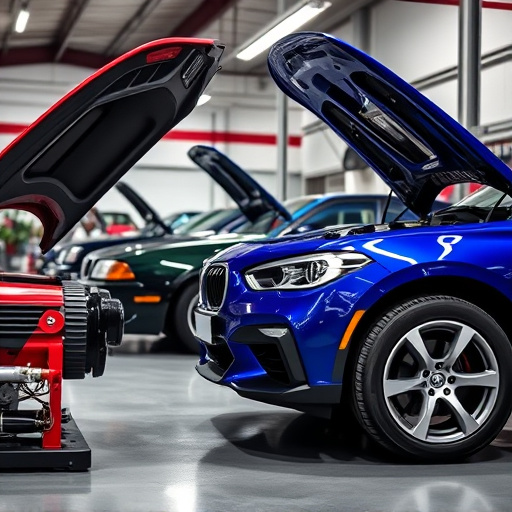
In the realm of manufacturer-approved repairs, quality control is paramount to ensuring customer satisfaction. Auto body shops that provide these services must adhere to strict protocols and standards set by the manufacturers to maintain the integrity of the vehicle’s original design and performance. Skilled technicians at collision repair centers utilize advanced tools and techniques to accurately assess and mend damage, preserving the aesthetic appeal and structural soundness of the automotive body. This meticulous approach not only safeguards the customer’s investment but also guarantees that the vehicle meets or exceeds its initial quality benchmarks.
Satisfying customers is a multi-faceted endeavor for any automotive body shop. Transparent communication, upfront pricing, and efficient service times are key elements in fostering trust and loyalty. By combining high-quality auto body services with exceptional customer service, shops can deliver an experience that goes beyond mere repairs, transforming a potentially stressful situation into a positive one. This commitment to excellence not only strengthens the shop’s reputation but also solidifies its position as a trusted partner for all manufacturer-approved repair needs.
Shops play a vital role in ensuring customer satisfaction by adhering to manufacturer-approved repair procedures. By thoroughly documenting each step of the repair process, from initial assessment to final quality control checks, businesses can maintain high standards and protect their reputation. This systematic approach not only guarantees exceptional customer service but also fosters trust and loyalty, solidifying the shop’s position as a reliable partner in vehicle maintenance.
